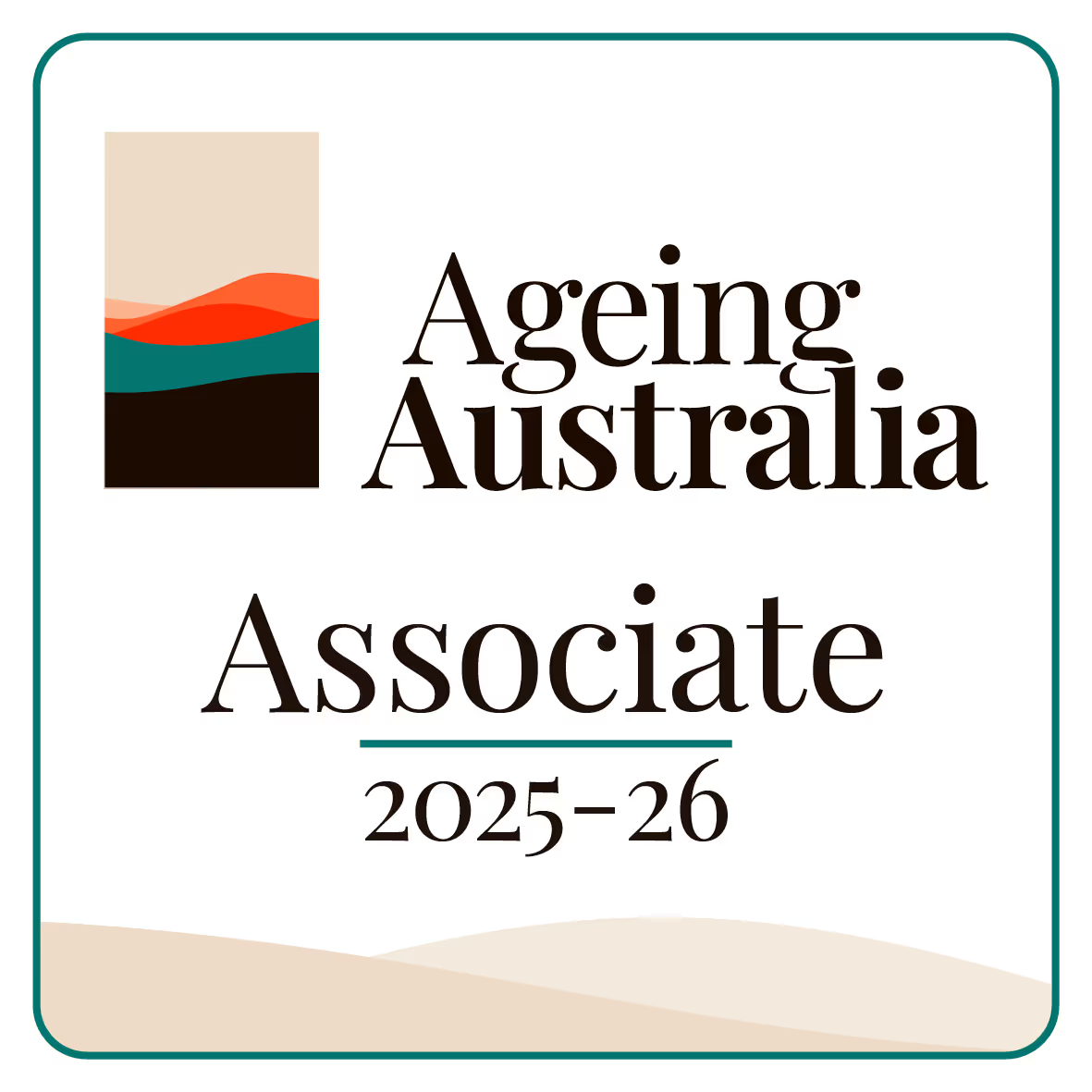Aged care is one of the most vital services for our elderly population, providing them with the support and care they need to live comfortably in their later years. Whether you are a nurse, medical staff member, or healthcare provider, you know that improving the quality of life for residents is at the heart of everything you do. In this article, we will look at how aged care standards can have a direct impact on the quality of life for residents, focusing on resident safety, care improvement, and meeting facility expectations.
What Are Aged Care Standards?
Aged care standards are guidelines and regulations designed to ensure that the care provided in residential aged care facilities meets specific criteria. These standards cover all aspects of care, from the physical environment to personal care and emotional well-being. They are not just a list of rules, but a way to make sure that everyone—staff and residents alike—knows what is expected. The standards aim to provide a safe, respectful, and supportive environment for older individuals.
How Do Aged Care Standards Impact Quality of Life?
The goal of aged care standards is to make life better for those in care. Quality of life is about more than just health; it’s about feeling safe, comfortable, and valued. Here are a few ways in which standards improve the quality of life for residents:
- Resident Safety Safety is the top priority in aged care. When a resident feels safe, they are more likely to feel at ease and enjoy their surroundings. Aged care standards place a heavy emphasis on safety, ensuring that the physical environment is free of hazards. This includes things like making sure walkways are clear, rooms are properly maintained, and residents are monitored for falls and other risks. It also means staff are trained to respond quickly and effectively in emergencies. By meeting safety standards, staff can provide the peace of mind residents and their families need.
- Care Improvement The standards set clear guidelines for the level of care residents should receive, improving consistency across facilities. This means residents get the right care, at the right time, from staff who are trained and knowledgeable. Proper training for caregivers ensures that all staff are equipped to meet the physical, emotional, and psychological needs of residents. This leads to higher satisfaction for residents and better overall outcomes. As care improves, the health and well-being of residents naturally improve as well.
- Meeting Facility Expectations The standards do more than just outline care practices—they also define what residents should expect from their facilities. This includes ensuring that the facility is clean, welcoming, and homely. It means offering residents choices and involving them in decisions about their care. For example, residents should be able to choose when to wake up, what they eat, and how they spend their day. When facilities meet these expectations, residents feel more in control of their lives and are more likely to feel happy and satisfied with their care.
.png)
Aged Care Standards in Action
The impact of aged care standards can be seen in facilities that embrace these guidelines. For instance, in a well-run facility, a nurse might notice that a resident has been feeling anxious or lonely. With the standards in place, the nurse knows exactly what steps to take—whether that’s arranging for extra social visits or providing therapy services. The residents' quality of life improves because the care is tailored to their specific needs, and the facility is responsive to their concerns.
Another example could be a facility that meets the required standards for safety. This means that the environment is regularly inspected for risks like fire hazards or unsanitary conditions, ensuring that residents feel secure. When residents do not have to worry about their safety, they can focus on enjoying their days and participating in social activities, which is essential to their well-being.
The Role of Staff in Upholding Standards
As a nurse or healthcare provider, you are on the front lines of implementing these standards. It is your job to make sure residents receive the best possible care, whether that means helping them with personal tasks, offering companionship, or ensuring they have access to medical treatment. You are the one who directly affects the quality of life of the residents.
Staff are trained to recognize and address problems before they become serious issues. For instance, if a resident seems to be having difficulty swallowing or is showing signs of depression, it is the responsibility of the healthcare team to act. Meeting aged care standards is not just about following rules; it is about recognizing that each resident has unique needs and doing everything you can to meet those needs.
.png)
What Happens When Standards Are Not Met?
When aged care standards are not met, residents can experience a decline in their quality of life. Without proper safety measures, for example, the risk of falls and injuries increases. If care is inconsistent or not up to standard, residents may feel neglected or overlooked. This can lead to frustration, depression, or even physical decline. A lack of adherence to facility expectations can make residents feel like they are not valued, which can negatively affect their mental and emotional well-being.
Aged care facilities that fail to meet these standards risk not only the well-being of their residents but also their reputation. Families trust these facilities to care for their loved ones, and if those expectations are not met, the consequences can be severe.
Why You Should Care About Aged Care Standards
As someone who works in the healthcare field, you are likely deeply invested in improving the lives of those in your care. Meeting aged care standards is not just a regulatory requirement—it is a way to make sure residents are getting the best care possible. When you help meet these standards, you help improve quality of life for every resident you serve.
Furthermore, by meeting these standards, you contribute to a culture of excellence within your facility. You help set a high bar for what care should look like, and you set the stage for others to follow. Whether you are a nurse, medical staff, or healthcare provider, the standards provide you with a framework that supports both you and the residents you care for.
.png)
The Bigger Picture: Quality of Life for Everyone
When aged care standards are upheld, the impact goes beyond the residents. It also affects families, staff, and the entire community. Families of residents can rest easy knowing their loved ones are in a safe, caring environment. Staff enjoy working in facilities that prioritize safety and quality care, leading to better job satisfaction and lower turnover rates. And the community benefits from knowing that their elderly population is being treated with respect and dignity.
Final Thoughts: Standards That Matter
In the end, aged care standards are not just about compliance; they are about improving lives. By focusing on resident safety, care improvement, and facility expectations, these standards help create a system where older adults can live with dignity, comfort, and respect. As someone working in healthcare, you play a crucial role in ensuring these standards are met, which directly improves the quality of life for all those in your care. Keep up the great work, and remember that your efforts make a world of difference to the residents who rely on you.










